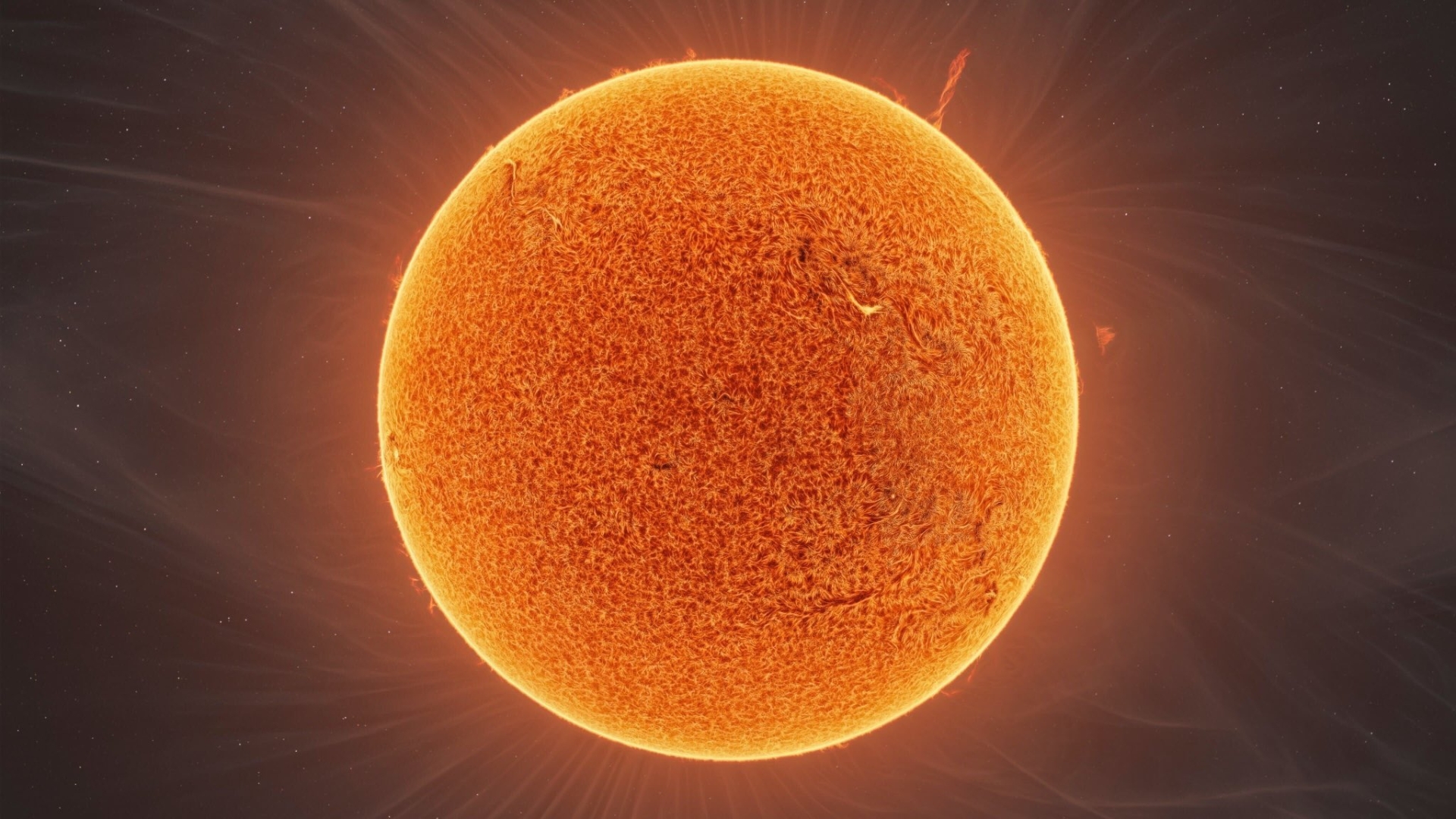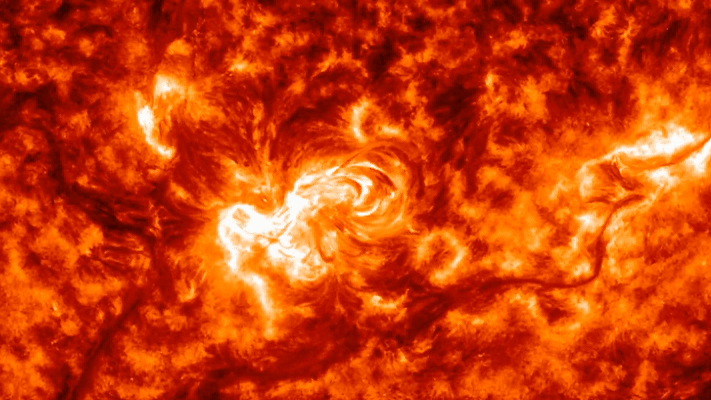
May and June 2024 saw the highest sunspot numbers on the sun since 2002, but is the peak of the solar cycle here yet?
The sun follows an 11-year solar cycle of increasing and decreasing activity. Although not the first astronomer to discover the solar cycle, the solar cycle numbering and naming convention was first introduced in 1852 by Swiss astronomer Johann Rudolf Wolf. Within his new solar cycle numbering system, he set the historic 1755-1766 solar cycle 'Solar Cycle 1'. By the time of his work, the sun was already in Solar Cycle 9. As of December 2019, we are now in Solar Cycle 25.
A given solar cycle begins at solar minimum, where the sun is near sunspot-less. During this window, there can be no solar flares or coronal mass ejections (CMEs) for months at a time. From this period of solar minimum, solar activity gradually ramps up over several years, to a period of solar maximum. During solar maximum, large solar flares and CMEs are at their most frequent.
How is solar maximum defined?
Solar maximum has a very specific scientific definition, it's the peak of the 13-month smoothed sunspot number curve. What does this mean? Sunspot numbers are calculated daily, but not as simply as just counting the number of sunspots on the sun.
The international sunspot number is calculated through the equation R = 10g + s, where g is the number of sunspot groups, and s is the number of individually distinct sunspots. There is also a scaling factor applied, dependent on the local observatory conditions. This sunspot metric is consistent with the scaling used by Wolf himself and is designed to reduce the effect of a single fragmented sunspot region inflating the individual sunspot count.
A monthly sunspot number is then calculated from the average of each daily sunspot number. This monthly sunspot number is published monthly by official sources, e.g. the National Oceanic and Atmospheric Administration (NOAA). Because the monthly sunspot numbers can oscillate quite considerably from one month to the next, it is difficult to extract the exact point of solar maximum from the data. Instead, longer sunspot trends are examined through the 13-month smoothed value. This number is calculated for a given month by taking an average of the monthly sunspot number from 6 months prior, to 6 months later (13 months total). This smoothed value is therefore only available for a given month, 6 months later. Solar maximum and minimum are formally defined by the high and low points of this smoothed curve.
Related: Solar maximum is coming, but we won't know it happened until 7 months after it's over
Although this is the formal definition of solar maximum, the same term is also used less formally to describe the year or so of heightening activity around the specific solar maximum peak.

When is solar maximum?

Because solar maximum is defined by this peak of the 13-month smoothed curve, solar maximum may not actually occur in the month with the highest sunspot count. Taking Solar Cycle 24 as an example, the highest monthly sunspot number was recorded in February 2014, but the official solar maximum arrived in June 2014.
Meanwhile, in the current Solar Cycle 25, May and June 2024 saw the highest monthly sunspot counts since September 2022. It is possible that these months are the highest monthly sunspot numbers that we'll see, even if the 13-month smoothed value (which defines solar max) continues to rise for a few months. Alternatively, it is still also possible that upcoming months will see sunspot numbers greater than May and June.
The newest modeling efforts from NOAA, which use existing sunspot data to predict the peak of the solar cycle, estimate a solar maximum between July 2024 to January 2025. However, although the peak of the solar cycle could be imminent, it will be some time beyond this timespan before we can confirm when solar maximum actually occurred. Why is this?
In any given month, it's impossible to know if you're at the peak of the solar cycle. This is because you never know for certain if the next month's sunspot activity will exceed the activity of the month you're currently in. Even several months after the suspected solar maximum, we can't know if sunspot numbers will accelerate once again. Our current solar cycle shows a good example of this, with an initial peak in June 2023, followed by several months of decreasing sunspot activity until a resurgence of activity in April/May 2024. This double peak in sunspot numbers is seen frequently in historic solar cycle data, but never guaranteed. In some cases, a year or two of sustained declining sunspot numbers are needed to confidently state the peak has passed. Because this trend analysis uses the 13-month smoothed sunspot values, there is also the 6-month wait to consider before we even have the data point for a given month.
With an expected solar maximum between July 2024 to January 2025, we could easily reach the end of 2025 or 2026 before we can confidently state when solar maximum occurred.







